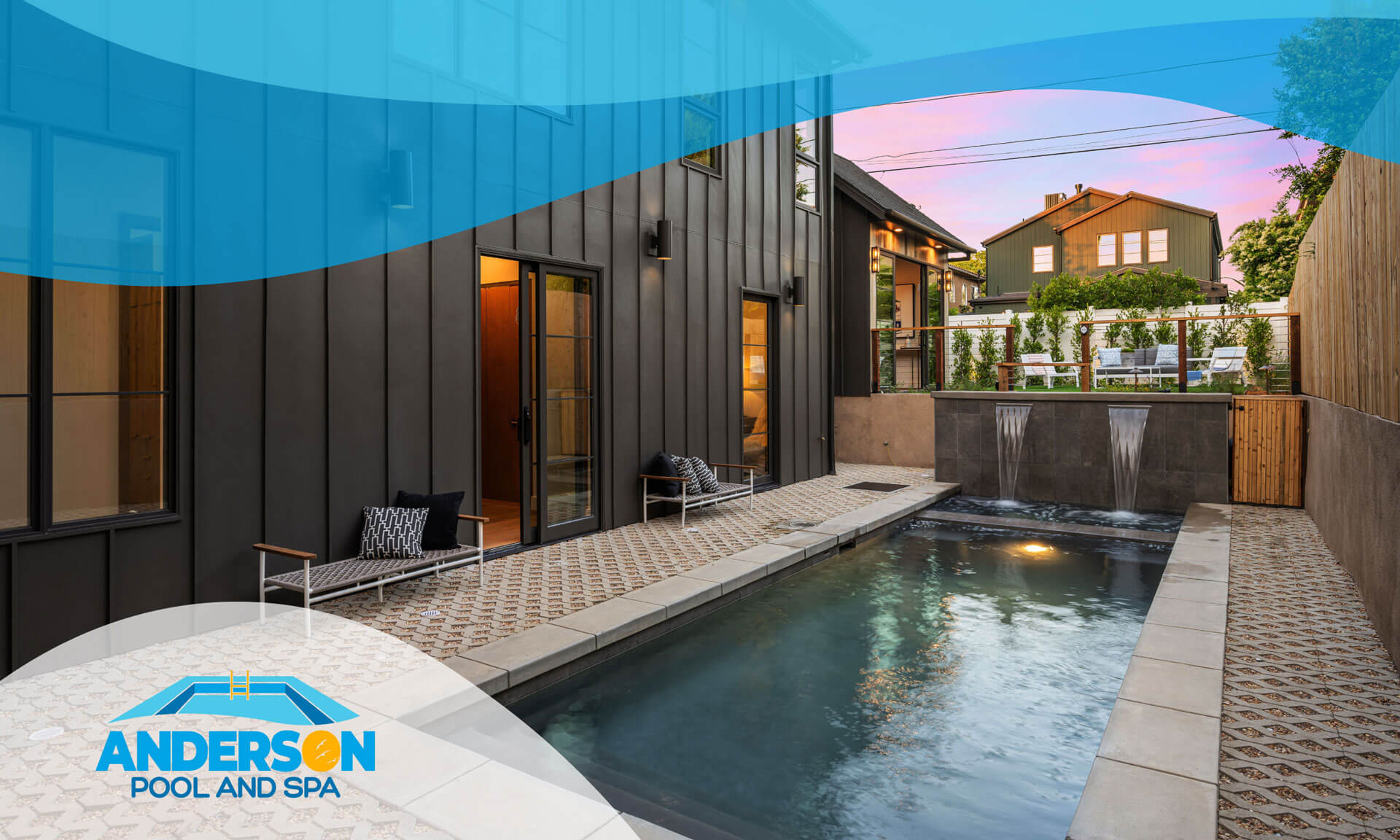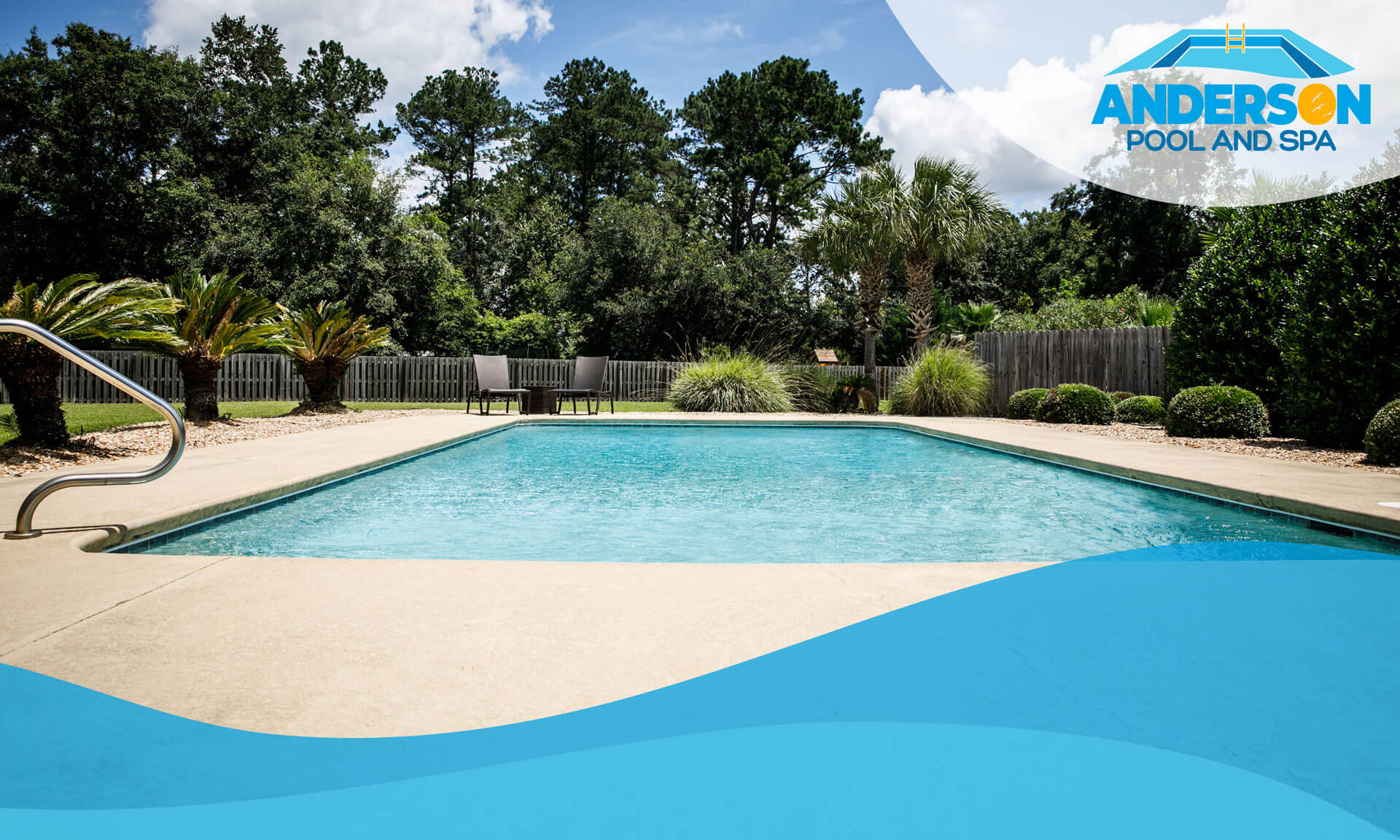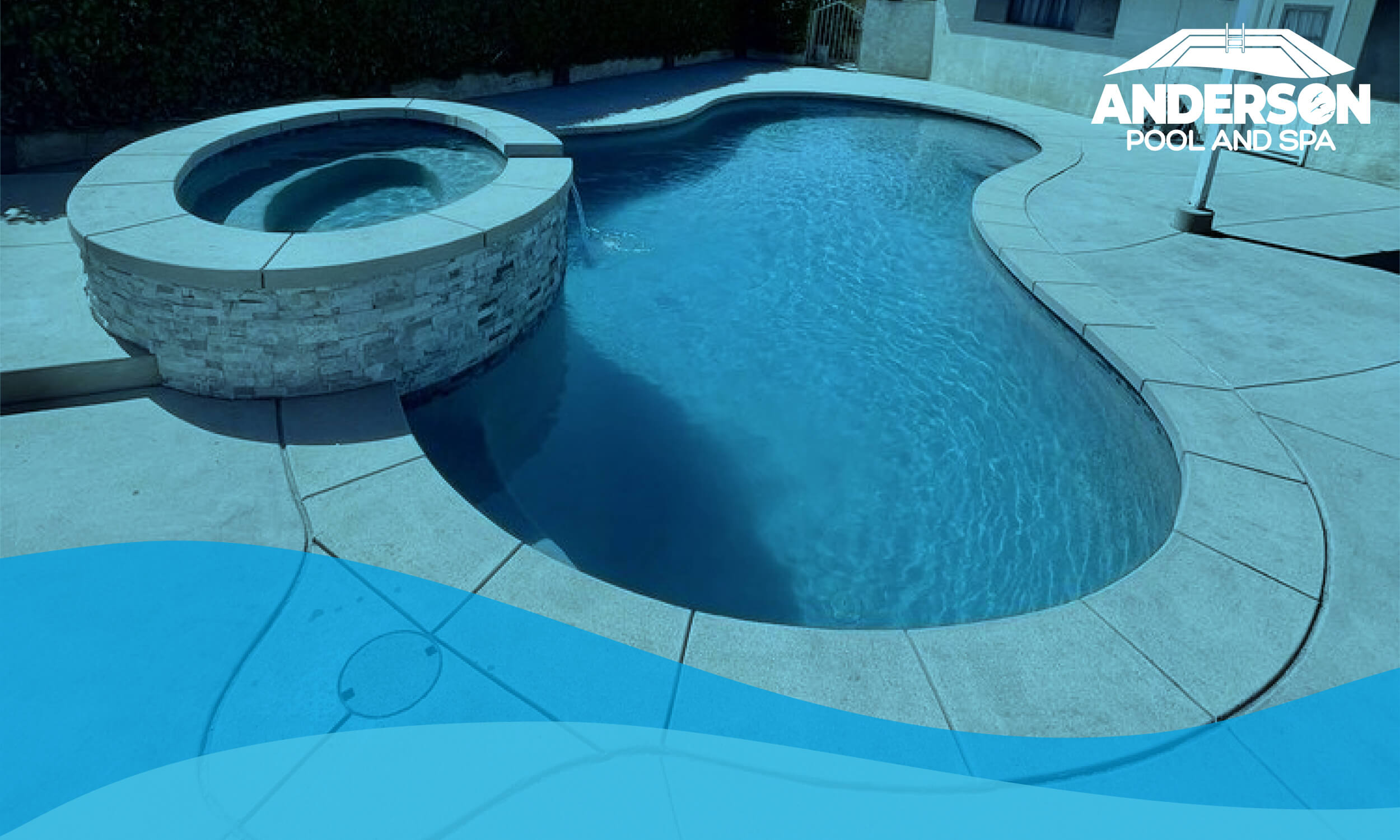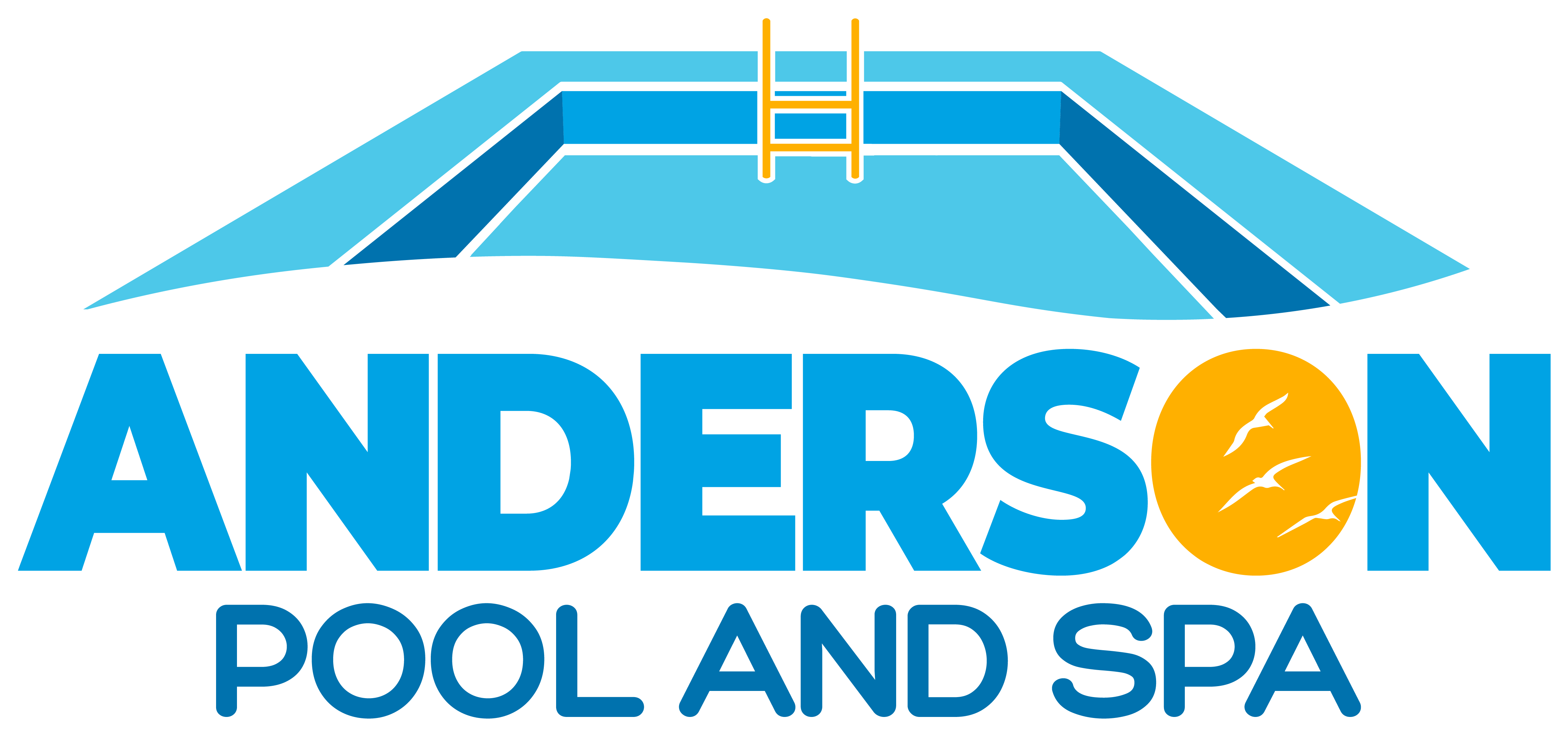“How long does it actually take to build a pool?” It’s one of the first questions homeowners ask—and for good reason. A pool is a major project, and knowing what to expect helps you plan with confidence.
Every backyard and design is different, but most pool builds follow a predictable timeline. One thing to remember is that early planning makes all the difference. Starting the process sooner helps you avoid delays, keep costs in check, and make sure your pool is ready when you want it.
What Affects Your Timeline?
Several key factors can influence how long it takes to build your pool—and understanding them early on helps you plan more realistically.
Pool type and complexity play a big role. A straightforward rectangular pool will move faster than a custom design with waterfalls, lighting features, or integrated spas. The more features you add, the more time you’ll need for design, material sourcing, and installation.
Permit requirements can also affect your timeline, especially here in Southern California. Each city or county has its own process, and if you live in an HOA community, you may need additional approval. Permits can take anywhere from a few weeks to over a month depending on the jurisdiction.
Site conditions are another big factor. Properties with steep slopes, limited access for equipment, or tricky soil conditions may require extra engineering and excavation time.
Typical Pool Construction Timeline
While timelines can vary based on your design, location, and materials, most in-ground pool projects follow a similar set of phases. Here’s what you can generally expect:
- Planning & Design (2–4 weeks)
- This is where your vision starts to take shape. You’ll meet with a pool designer, evaluate your site, and work through design revisions until everything looks and feels right for your space.
- Permitting (2–6 weeks or more)
- In Southern California, some cities and HOAs have multiple layers of approvals, which can add time depending on their backlog or requirements.
- Excavation & Structural Setup (1–2 weeks)
- Heavy machinery digs the pool shape, followed by the installation of rebar for structure. During this phase, plumbers and electricians also install piping and wiring for your filtration system, lighting, and heating.
- Concrete Shell & Curing (1–2 weeks)
- Gunite or shotcrete is sprayed to form the shell. Then the concrete cures for up to 10 days to ensure long-term strength.
- Tile, Coping & Decking (1–3 weeks)
- Now comes the detail work. Your builder installs tiles, coping, and decking, bringing both style and functionality.
- Interior Finish & Fill (1 week)
- The final surface—plaster, pebble, or tile—is applied, and the pool is filled with water.
- Final Inspection & Start-Up (1 week)
- Safety checks and water chemistry are completed, and your pool is prepped for its first swim.
How Early Planning Speeds Up the Process
Starting your pool planning early can make a major difference in how smoothly and quickly your project moves forward. First of all, it gives you a head start on the permitting process, which can take several weeks depending on your city or HOA. By tackling permits ahead of time, you avoid delays that can push your project into peak season when prices and wait times tend to rise.
You’ll also give yourself the time to make thoughtful decisions about materials, features, and layout, rather than scrambling to choose whatever is in stock or available. Rushed choices can lead to mid-project changes, which often come with extra costs and delays.
Of course, when you plan early, you significantly increase the chances that your pool is ready by summer—so you’re swimming when the weather is perfect, not waiting for construction to finish while everyone else is enjoying the season.
Tips to Keep Your Pool Schedule on Track
If you want your pool project to stay on schedule—and within budget—you’ll want to plan early. A good rule of thumb is to start the process 4 to 6 months before your desired completion date. This gives you time to design thoughtfully, handle permitting, and coordinate with contractors without rushing.
Be sure to get a clear timeline and written quote before work begins. Ask your contractor to outline each phase, including expected durations and any variables that could shift the schedule. Knowing what to expect—and when—helps you plan accordingly and catch any red flags early.
Finally, build in a little buffer time for the unexpected. Weather, material delays, or inspection scheduling can all affect your timeline, even with the best planning. A few extra days here and there can help reduce stress and ensure your project finishes strong. With the right approach, you’ll stay on track and be ready to enjoy your pool when the time comes.
Building a pool typically takes 8 to 12 weeks from the first dig to the final inspection—but that timeline only works if you start early. When you plan ahead, you secure your contractor, avoid permit delays, and make confident decisions without the pressure of tight deadlines.
If you’re ready to bring your vision to life and enjoy your backyard oasis by summer, now’s the time to begin. Schedule a consultation today and let’s get started on a pool you’ll enjoy for years to come.







